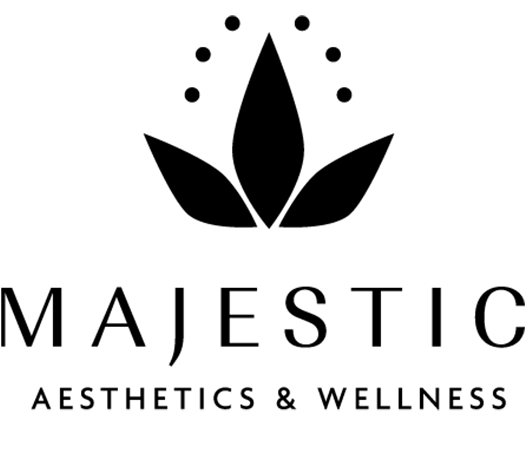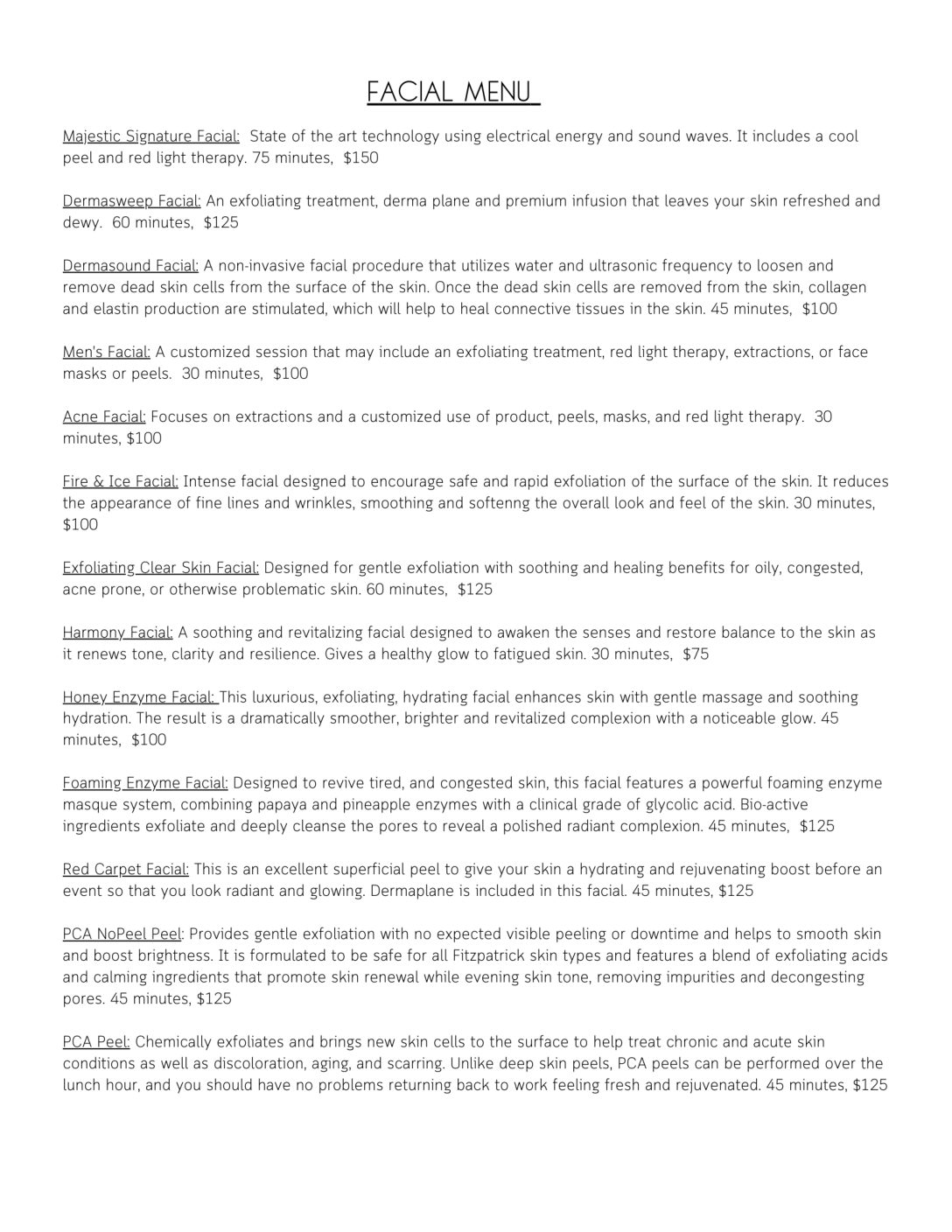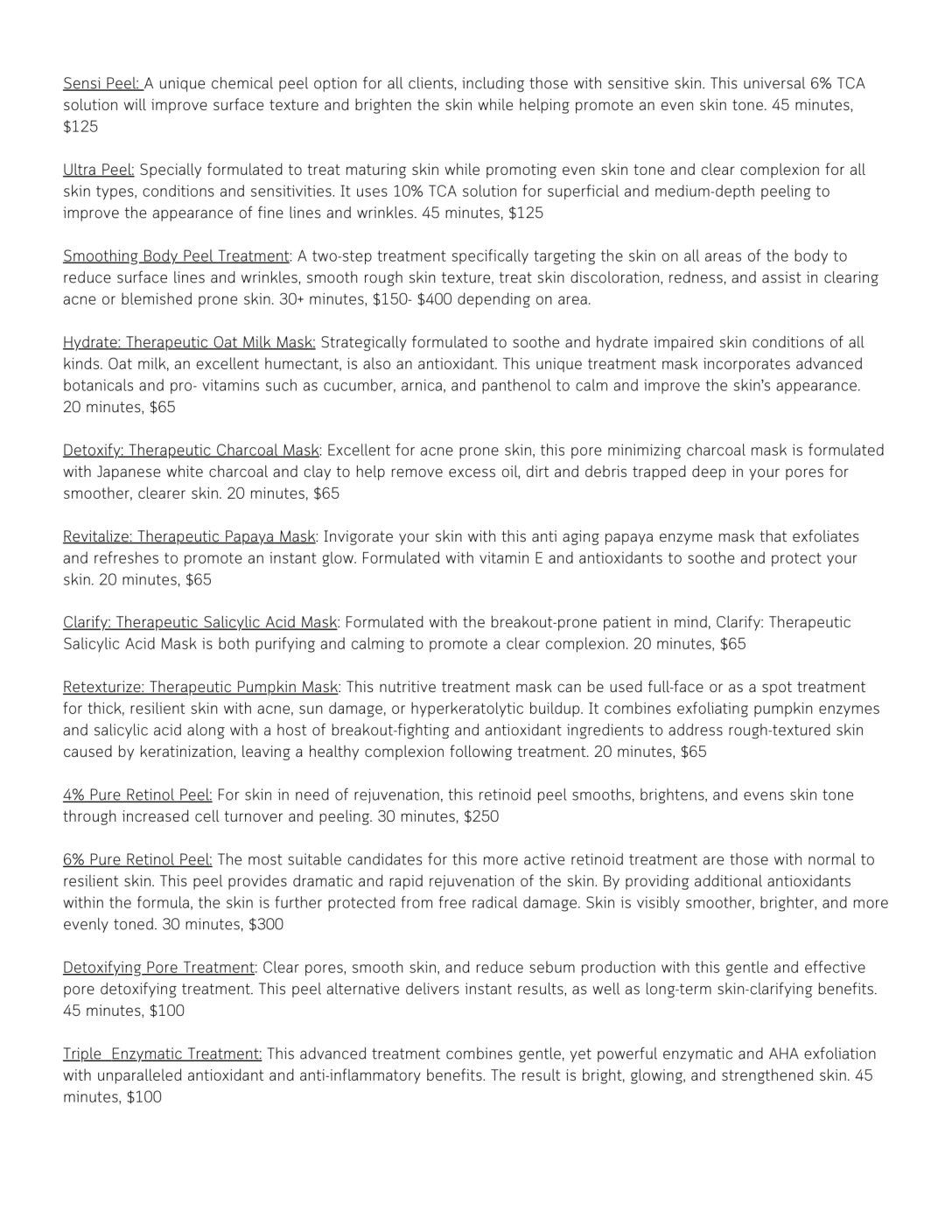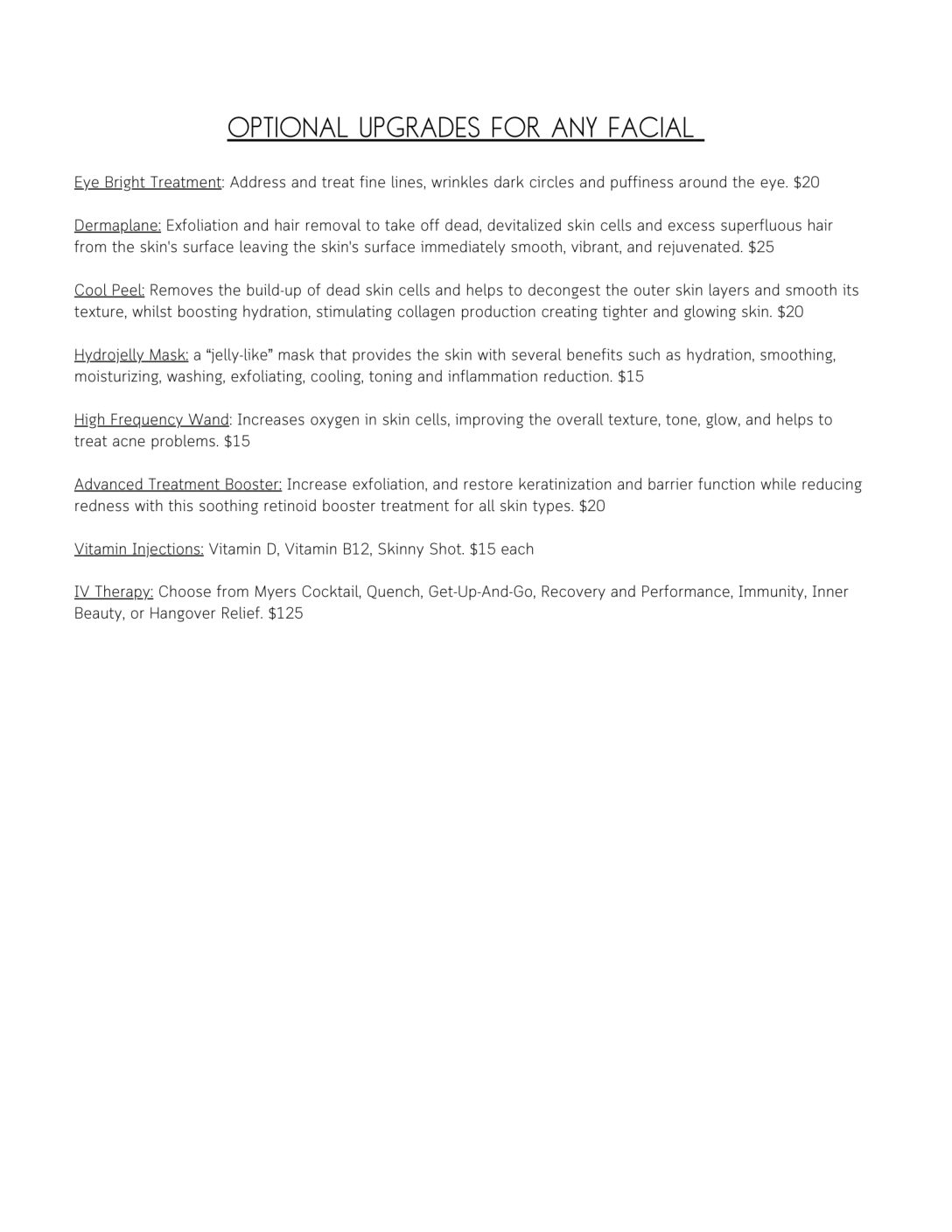Oral Maxillofacial Surg Clin N Am 17 (2005) 51 – 63
Minimally Invasive Percutaneous Collagen Induction
Desmond Fernandes, MB, BCh, FRCS(Edin)
The Shirnel Clinic and Department of Plastic Reconstructive Surgery, University of Cape Town, 822 Fountain Medical Centre, Heerengracht, Cape Town 8001, South Africa
We live in a time when more people are living to a greater age than ever before. At the same time, there is an accent on youth such that our patients are ask- ing us to make them look as young as possible. Obviously, surgery helps restructure the face into a more youthful shape, but the old skin remains. Today, many patients come before they need surgery, searching for a rapid solution that will make them look 10 years younger. How do we help our older cosmetic patients or the much younger men and women who want to prolong their tenure in a youthful bracket?
This quest for younger-looking skin has spawned many different topical techniques that share the same principle of damaging the skin to cause fibrosis. The fibrosis then causes tightening of the skin. Histori- cally, skin peels were the first method of skin rejuvenation. The principle of peeling is to destroy the epidermis partially or almost completely to damage the fibroblasts and dermal structures. This damage then sets up an inflammatory response proportional to the damage, which results in the deposition of collagen. Peeling sacrifices the epider- mis to achieve the desired result. The experience with partial-depth burns misled many into believing that the epidermis is a self-renewing organ that rapidly grows over the damaged area, which is why peels
The author, a plastic and reconstructive surgeon practic- ing in Cape Town, is the medical consultant for Environ Cosmeceutics International and Vivida Closed Corporation (c.c.), Cape Town, South Africa. Vivida c.c. is the manufacturer of the Environ Roll-Cit. Dr. Fernandes has a financial interest in both of these companies.
E-mail address: des@environ.co.za
became progressively more destructive for the epi- dermis (eg, the deep phenol peel) until the accumu- lated problems forced clinicians to recognize that smoother skin comes at a very heavy price for many patients and also leads to a significant thinning of the skin many years later. The proponents of peeling looked only at the increase of collagen in the papillary and reticular dermis but did not pay any attention to the epidermis. The epidermis suffered by becoming less undulating due to the destruction of the dermal papillae and subsequent impaired nourish- ment and, in turn resulted in a thinner epidermis with fewer cells in the stratum spinosum than before treatment. The stratum corneum is then less likely to act as an efficient barrier, so it is not surprising that many patients feel that their skin is too dry for years after the treatment. Consequently, hydration of the dermis also is affected.
Lighter peels (eg, Jessner’s and trichloracetic acid (TCA)) were introduced, but the tightening of skin was less effective. For some reason, which is difficult to understand, clinicians in the late 1980s turned to laser to destroy the epidermis even more thoroughly to tighten the skin. We were told that laser would not present the same problems as the heavy phenol peels and that skin color and texture would be superior. Smoothing skin is still most effectively done by CO2 laser through the aggressive heat damage that is caused. No other technique can match it, but at the same time, CO2 laser causes the most complications. A significant problem is that deep treatments like this stimulate fibrosis rather than new, naturally oriented collagen formation. This fibrosis may result in a much whiter reflectance from the dermis, giving the skin an unnatural pallor. The sad fact is that several years after the treatment, the collagen will be
1042-3699/05/$ – see front matter D 2005 Elsevier Inc. All rights reserved.
doi:10.1016/j.coms.2004.09.004 oralmaxsurgery.theclinics.com
52 fernandes
resorbed—as all scar collagen is—and fine wrinkles will start to show as a result of the thin epidermis with no dermal papillae. The impaired hydration of the skin means that it is not as plump as it could be and can look atrophic due to this excessive destruction.
Why destroy the epidermis to make the skin smoother? The epidermis is an extremely complex, highly specialized organ. It may be only 0.2 mm thick but it is our sole protection from the environment. We should never damage the epidermis unless the risk of leaving the epidermis intact is greater than the risk of removing it. Wrinkles are hardly a good ex- cuse to destroy this wonderfully complex interface that we have with the world. Whatever we do, we should try to ensure that the basic normal architecture of the skin is never altered. To rejuvenate facial skin and really look young, we need a perfect epidermis with natural dermal papillae, good hydration, normal color, and normal resilience.
The problem with most treatments that are used is that only the face can successfully be treated. In addition, if the result after one treatment is inade- quate, then a repeated treatment cannot easily be done. Clinicians have concentrated on rejuvenating the face, with the result that we get patients with a younger-looking face but with older hands, arms, and trunk. We need to treat not only the face but the hands, arms, trunk, and legs. Laser, however, has extremely limited indications for areas other than the face. Laser treatment is not real rejuvenation and will not satisfy patients who are looking for a more complete rejuvenation.
This article is devoted to a technique that lends itself to treatment of the face and the body to achieve collagen induction. Although this technique may seem new, we have had centuries of experience with
Fig. 1. Needling the face for refining wrinkles using the special tool designed for PCI.
Fig. 2. Histologic section of skin showing puncture sites where the needle has penetrated (arrows) and generally divided cells from each other rather than cutting through the cells. The tracts are curved, reflecting the path of the needle as it rolls into and then out of the skin. The holes are about four cells wide and will heal rapidly. Note that the epidermis and particularly the stratum corneum is intact except for these tiny holes (hematoxylin-eosin, original magnification
× 40).
the technique of tattooing, but in this case, there is no pigment used. There are now a growing number of clinicians who believe that we can get closer to our patients’ dreams of rejuvenation by pricking skin with needles to get percutaneous collagen induction (PCI).
Principles of the needling technique
Orentreich and Orentreich [1] described ‘‘subci- sion’’ as a way of building up connective tissue be- neath retracted scars and wrinkles. The author [2], simultaneously and independently, used a similar technique to treat the upper lip by sticking a 15-gauge needle into the skin and then tunneling under the wrinkles in various directions, parallel to the skin surface. The lip wrinkles were improved in many cases, but the problem was that bleeding caused severe and unacceptable bruising, which sometimes resulted in hard nodules. Camirand and Doucet [3] treated scars with a tattoo gun to ‘‘needle abrade’’ them. Although this technique can be used on ex- tensive areas, it is laboriously slow and the holes in the epidermis are too close and too shallow. These techniques work because the needles break old col- lagen strands in the most superficial layer of the dermis that tether scars or wrinkles. It is presumed that this process promotes removal of damaged col- lagen and induces more collagen immediately under the epidermis. The author believes that the standard technique of tattooing is too superficial to give good effects for thicker scars or for stimulating collage-
Thank you for using www.freepdfconvert.com service!
Only two pages are converted. Please Sign Up to convert all pages. https://www.freepdfconvert.com/membership






